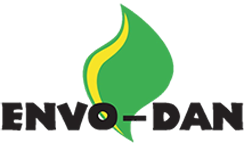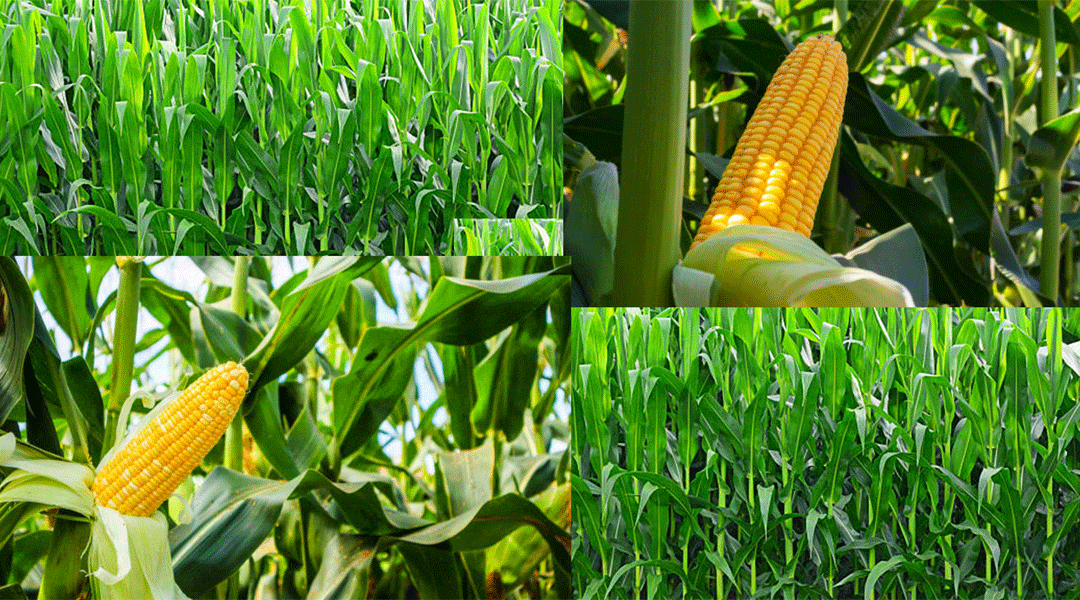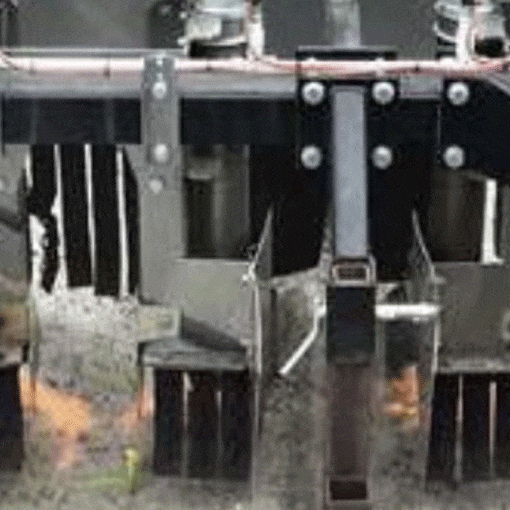ENVO-DAN in row weed burner E-Therm Selekt best solution for farmers in maize cultivation.
In organic maize production, a selective method of weed control in the row is needed after crop emergence. In conventional maize, row burning can be an IPM measure that complements chemical control and counteracts the development of resistance.
In an OnFarm trial in organic maize at Vejgården I/S, the effect of row burning has been studied.
The experiment was performed with a row burner developed by ENVO-DAN, which has two burners per row. The gas flame is directed obliquely toward the base of the maize plants.
The principle of row burning is to send heat into the base of the maize, which makes the maize recover faster than after the flat burning, where all leaves have been burned. In this trial, 3,5 to 4 km per hour were driven with a gas consumption of about 40 kg per ha.
The experiment was set up with two experimental sections, i.e. with and without row burning at the 3-leaf stage of maize. Prior to treatment, the area was weeded before maize emergence. Afterward, there were two mechanical row cleanings with an inter-row cultivator. Compared to an optimal pre-treatment, a more intensive effort should have been made with pre-emergence weeding with tine harrow and early row cleaning with an inter-row cultivator.
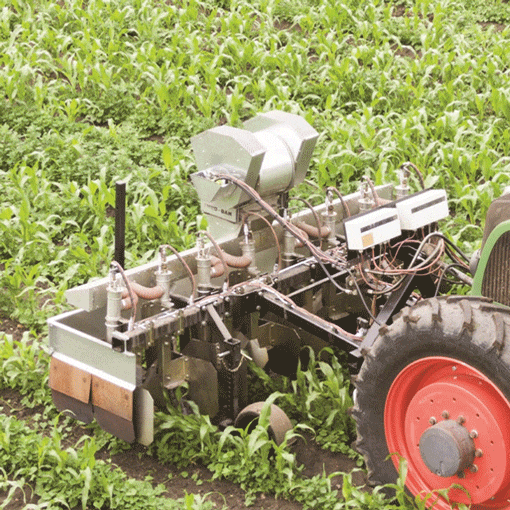
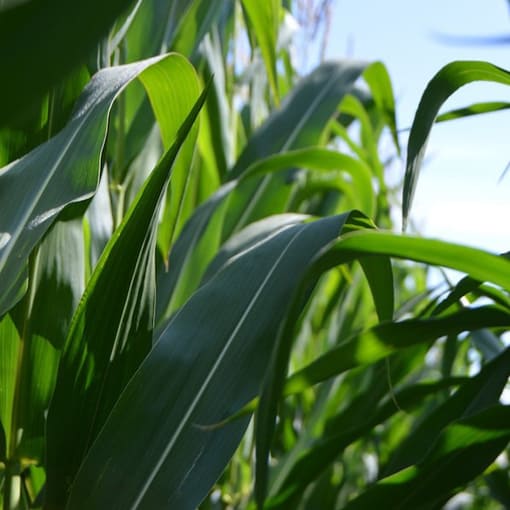
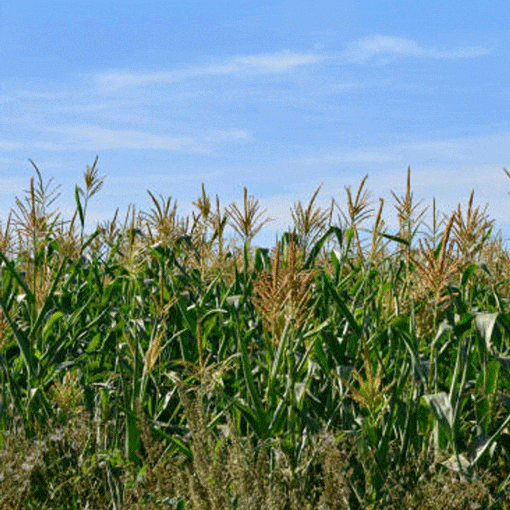
The results can be seen under individual trials in the Nordic Field Trial System in trial number: 091832222.
Burning on May 30th in good dry weather conditions there was a large weed population with about 300 plants per m².
The size of the weeds has been from cotyledon to the first leaf.
The weeds have been dominated by common Lambs quarters (Chenopodium album) with over 250 plants per m² counted in plots, Black Blindweed (Fallopian convolvulus) was dominating too.
The pictures from the trial illustrate that a high efficacy has been achieved against common Lambs quarters in particular. The effect is rated at 97%, while the effect against Black Blindweed is rated at 90%. In the gas-burned trials, the soil cultivation when weeding has made it possible to keep the maize relatively free of weeds during the critical period until the maize has reached 6-8 leaves. Where row burning has not been carried out, common Lambs quarters have grown so vigorously that other weeds have been suppressed. At harvest, inside the rows of the non-burned rows, there has been a dense population of large common Lambs quarters. In between the rows, the weeding has a good effect and the weed cover is mainly Black Blindweed, which has grown out from inside the row. Crop high in the middle of August has been 217 cm in non-burned plots and 257 cm in row burnt plots.
STRATEGY.
Row burning is an opportunity to control weeds inside the row after maize emergence when weeds have raised a leaf. Large weeds can be limited, but will quickly grow again.
Blind weeding before maize emergence must be as effective as possible. Row burning is carried out when the maize has three leaves. An inter-row cultivator shall be carried out before or after row burning. An inter-row cultivator should bring soil into the row so that the effect of burning is complemented by the effect of covering the weeds.
1. ENVO-DAN has developed a 12-row gas weed burner for row burning.
The supply of air from the fan increases the utilisation of the gas and makes the machines more robust in relation to driving in windy conditions. One flame is directed to each side of the maize base. Row burning is carried out on weeds with cotyledons and up to the first leaf.
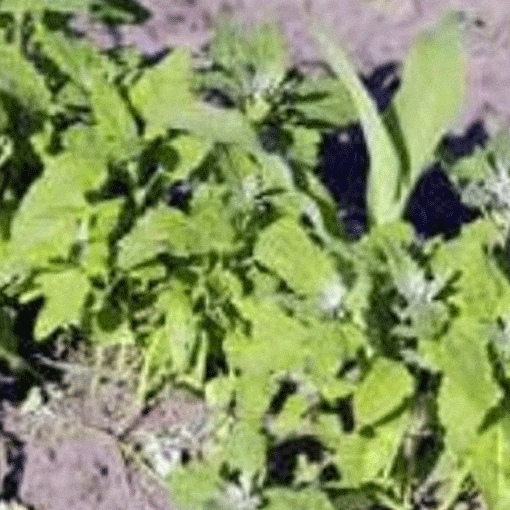
2. In non-burned plots.
In the rows that are not performed row burned, common Lambsquarters stand densely in large parts of the area and expose both maize and other weeds to severe competition.
3. During the critical period
Row burning together with the inter-row cultivator has ensured space for maize during its critical competition period until maize has 6-8 leaves.
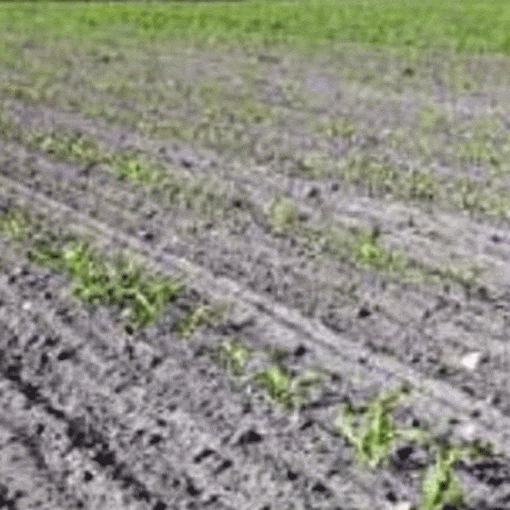
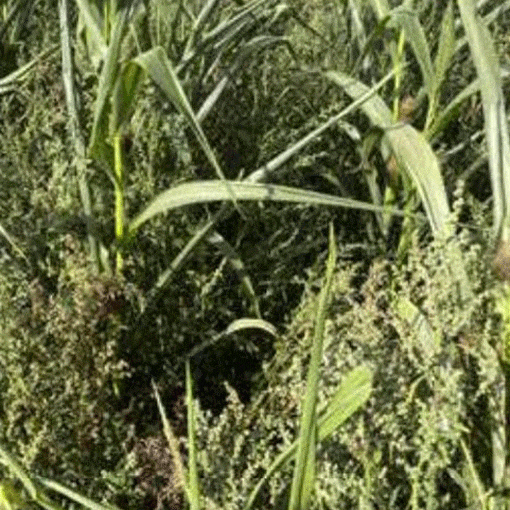
4. In August results
In August, meter-high common Lambsquarters dominate in the non-burned row plots.
5. The matter yields
In August, there are some weeds in the row-burned plots, but this will not have a significant impact on yield. The dry matter yields have increased from 77 to 118,45 hkg per ha. (hectokilogram is 100 kg) by row burning and the crop unit yield has increased from 62,8 to 103,7.
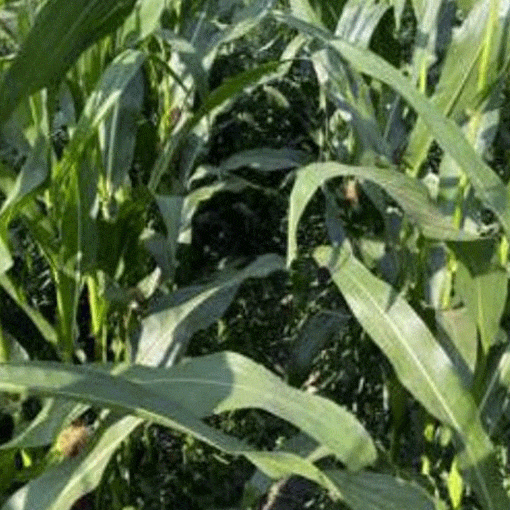
In 2021, two-row burner trials were conducted with burning at maize stages 14 and 16. The trials are described in the 2021 Rural Trials. No yields were measured. The trials showed that it is important to carry out the burning before the weeds have developed at most the first leaf.

Need a professional weed burner?
Write to us or call for a free quote! We will advise you about the right weed burner for your needs.
Ole Bo Jensen, Owner ENVO-DAN
